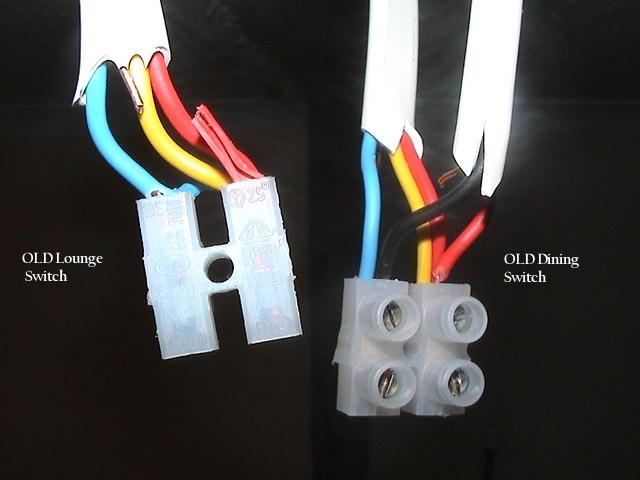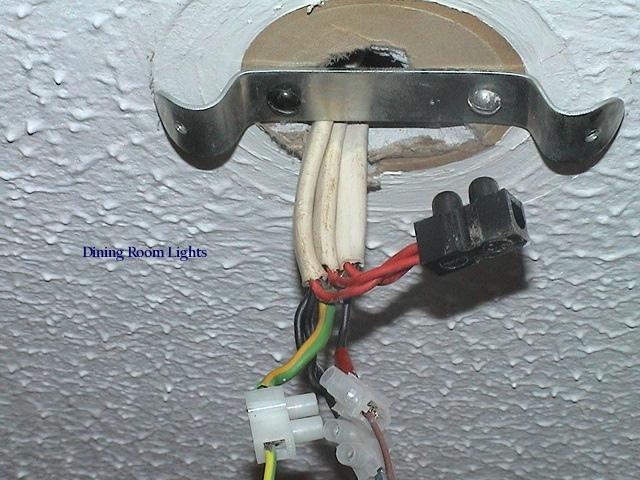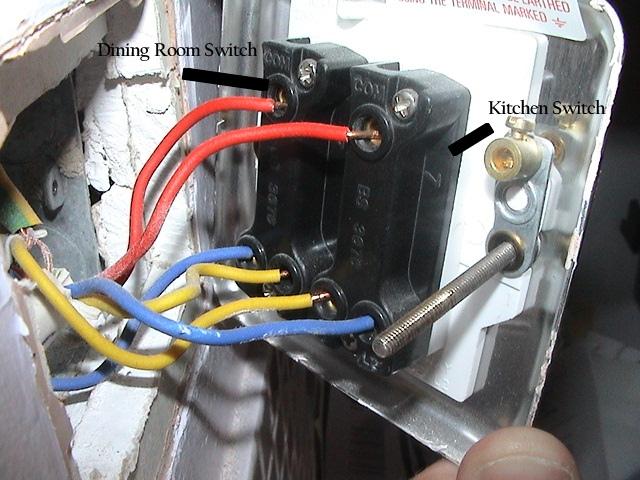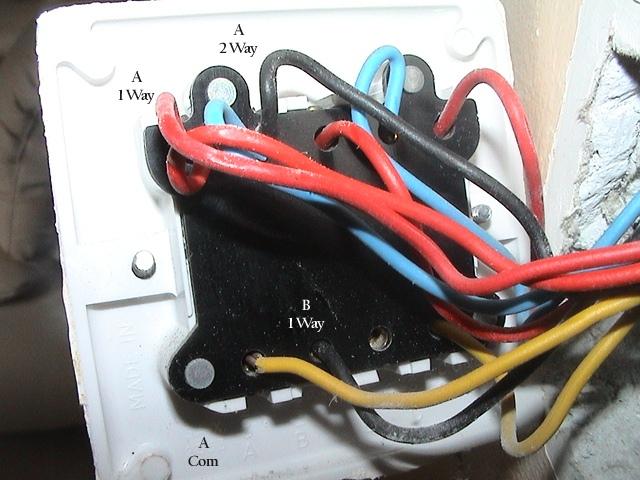To explain-
Took a wall out that had a switch each side to control each rooms lights. Each room had another switch however the dining room switch would make the lights brighter if switched again!.
From the Dining ceiling I have a 4 core (Red Yellow Blue Earth) & a 3 core (Red Black Earth) Red Red Yellow Joined then Black Blue joined
From the Lounge ceiling I have a 4 core (Red Yellow Blue Earth) Red Yellow Joined
Now I want to have both lights controlled by one switch at each end of the room.
Im guessing the original lights wiring is wrong as the lights got brighter when switched on.
I think I've tried each combination and each time the RCD has tripped.
Im thinking that something needs to be a taken out of the equation. Which I did and they either stay on or off with no control from the switch!!!
As the cables are all within 4 inches of each other which do I connect together?
Took a wall out that had a switch each side to control each rooms lights. Each room had another switch however the dining room switch would make the lights brighter if switched again!.
From the Dining ceiling I have a 4 core (Red Yellow Blue Earth) & a 3 core (Red Black Earth) Red Red Yellow Joined then Black Blue joined
From the Lounge ceiling I have a 4 core (Red Yellow Blue Earth) Red Yellow Joined
Now I want to have both lights controlled by one switch at each end of the room.
Im guessing the original lights wiring is wrong as the lights got brighter when switched on.
I think I've tried each combination and each time the RCD has tripped.
Im thinking that something needs to be a taken out of the equation. Which I did and they either stay on or off with no control from the switch!!!
As the cables are all within 4 inches of each other which do I connect together?








